As people bathe in filth, officials call meeting
Sewage from societies, water park and slums dumped into Canal.
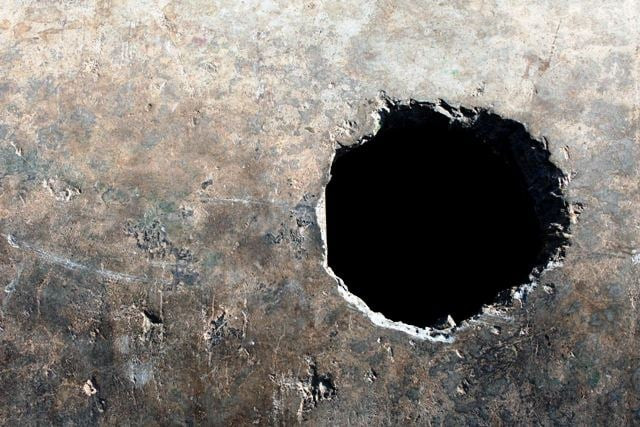
Untreated sewage from 12 places including housing societies, slums and a water amusement park is being dumped into the Canal, raising major public health concerns, particularly among the thousands of people who bathe in it during the summer.
Lahore’s civic authorities and other stakeholders are to meet today (Thursday) to discuss the dumping, though the process for stopping such pollution is often complicated by bureaucratic inertia and pressure from politicians facing angry constituents inundated with sewage. And environmentalists say the usual ‘solution’ – to divert the waste into the Ravi – is not sustainable either.
The 12 sewage inlets into the Canal come from three approved housing societies, eight squatter settlements and slums, and the Sozo Water Park. All but one of these places is located northeast of Baghbanpura.
One of the housing societies is Rizwan Gardens, which has about 100 houses. Developer Naseer Hassan said that the Wagha TMO had approved the colony’s development plan. He said the TMO had told him that it was the developer’s responsibility to lay pipes for the disposal of sewage from people’s houses, but did not say that the sewage couldn’t be disposed of in the Canal.
Afzal Rehan, the Wahga Town TMO, said he had sought a report from tehsil officers for infrastructure and planning about alternatives to dumping sewage in the Canal.
Environmental Protection Department (EPD) Secretary Sajjad Saleem Hotiana said he had issued notices to the managing directors of the Water and Sanitation Agency (WASA) and the Lahore Waste Management Company, the district coordination officer, the district officer (environment), the Lahore Development Authority director general, the irrigation secretary, and the town municipal officers (TMOs) of Allama Iqbal Town, Wagha Town and Aziz Bhatti Town to attend the meeting on Thursday to discuss the issue.
He said the matter was urgent because in the summer, many people bathe in the Canal, exposing themselves to various water-borne illnesses. He said the EPD is a regulatory authority. It can issue notices and push the authorities concerned, but cannot take action directly, he said.
According to Section 16 of the Pakistan Environment Protection Act 1997, the EPD can issue an Environment Protection Order to the authority concerned allowing it 30 days to take preventive measures to stop a violation. In case of no compliance, the EPD forms a tribunal, which examines reports and samples before taking a decision which the authority has to comply with.
The EPD says that in this way, it has managed to reduce the number of inlets dumping waste into the Canal from 44 in 2007 to 12 now. “By issuing notices and repeatedly calling meetings, we persuaded Wasa to lay a sewage line along the Canal from Harbanspura Bridge to the Shalimar flyover,” said an EPD inspector for the Canal, on condition of anonymity.
He said the 12 inlets could be closed if another sewer trunk line is laid along the Canal from Sozo Water Park to the Shalimar flyover.
Irrigation Secretary Rab Nawaz said his department often came under political pressure from area MPAs to re-open inlets dumping waste into the Canal. He said his officials in December closed inlets from Tajpura disposing sewage into the canal. But two days later, over two feet of sewage had inundated a housing colony.
He said Wasa and the city government should devise a long-term plan for the disposal of sewage, as building a sewer trunk line that would end up discharging waste into the Ravi was not a sustainable solution.
Rafay Alam, the founder of the Pakistan Environmental Lawyers’ Association, said the government should build proper waste disposal sites and waste treatment facilities northeast of Baghbanpura.
The Wasa MD and the owner of Sozo Water Park were unavailable for comment.
Published in The Express Tribune, May 5th, 2011.


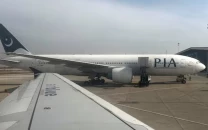
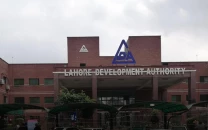

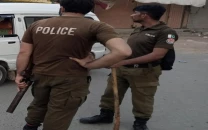

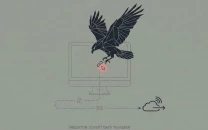
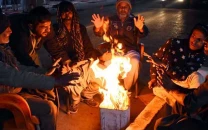



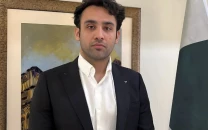
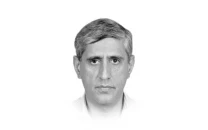




COMMENTS
Comments are moderated and generally will be posted if they are on-topic and not abusive.
For more information, please see our Comments FAQ